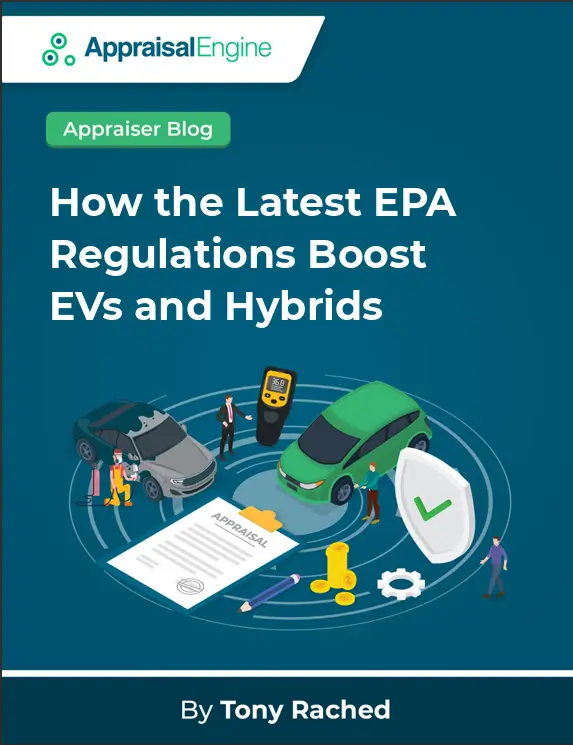In a world increasingly aware of its environmental footprint, the latest move by the Environmental Protection Agency (EPA) marks a significant step towards a greener future. Amidst growing concerns over climate change and its catastrophic impacts, the EPA’s new regulations aim to significantly cut carbon emissions while propelling the automotive industry towards electric vehicles (EVs) and hybrids. This announcement could be the dawn of a new era for American roads, with cleaner air, healthier communities, and a substantial shift in how we perceive and use personal transportation.

How the Latest EPA Regulations Boost EVs and Hybrids (PDF)
The Essence of the EPA’s New Directive
At its core, the Biden administration’s announcement introduces a robust plan to mitigate planet-warming emissions from passenger vehicles, billing it as the most ambitious of its kind. The regulations, while easing into the initial proposed limits, aspire to enforce stringent standards that echo the EPA’s commitment to environmental preservation and public health.
Why It Matters? The advent of these rules is not just about reducing emissions. It represents a holistic approach to tackling the climate crisis by improving air quality, advancing vehicle technology, and addressing public health concerns. As we delve deeper into the specifics, it’s clear that this initiative is more than just regulatory compliance—it’s about paving the way for a sustainable future.
A Closer Look at the Implications
The EPA’s final rule targets a significant transformation in the automotive landscape. By 2032, if 56% of new vehicle sales are electric, complemented by at least 13% plug-in hybrids and more efficient gasoline-powered vehicles, the industry could meet these ambitious limits. This shift not only aims to reduce over 7 billion tons of carbon emissions but also promises substantial economic benefits, including nearly $100 billion in annual net savings from lowered healthcare costs, and reductions in fuel, maintenance, and repair expenses.
Breaking Down the Benefits
- Carbon Emission Reductions: Over 7 billion tons over three decades.
- Economic Savings: Nearly $100 billion in annual net benefits.
- Health Improvements: Lower healthcare costs and fewer deaths.
- Financial Relief: Over $60 billion in reduced annual costs for fuel and vehicle upkeep.
Navigating the Shift: Why the Change?
Understanding the rationale behind the EPA’s revised standards reveals a strategic response to industry feedback and legal challenges. Amid concerns over the feasibility of rapid EV adoption and potential legal hurdles, the EPA’s adjustments aim to strike a balance between environmental objectives and practical implementation. This approach acknowledges the complex dynamics at play, including the Supreme Court’s influence and the need for bipartisan support to sustain long-term environmental initiatives.
The Road Ahead: Challenges and Opportunities
The transition to cleaner vehicle technologies, while promising, is not without its challenges. From ensuring the availability of charging infrastructure to addressing concerns over job transitions within the auto industry, the path forward requires careful navigation. Yet, the opportunities—reducing pollution, fostering innovation, and promoting public health—underscore the transformative potential of these new standards.
Concluding Thoughts: A Call to Action
The EPA’s new rules represent a bold leap towards a cleaner, more sustainable future. By setting ambitious targets for EVs and hybrids, these regulations not only aim to curtail carbon emissions but also herald a new era of automotive innovation and environmental stewardship. As we embrace these changes, the collective effort of industry, government, and consumers will be paramount in realizing the vision of a healthier planet and a vibrant, green economy.
In a world facing the urgent need to address climate change, this initiative stands as a testament to the power of proactive governance and the potential for technology to drive positive environmental change. The road ahead is long, but with these new standards, we are one step closer to a future where clean air and a healthy planet are not just aspirations but realities.





